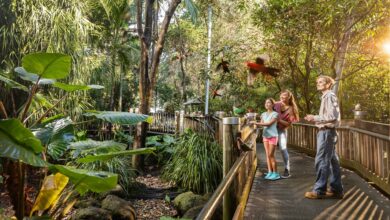The Hidden Vale Wildlife Centre is at the forefront of koala research.
They run the Hidden Vale Koala Project which aims to study and develop a thriving koala population that will serve as a source for bolstering koala populations across the Little Liverpool Range.
For the past two years, wildlife centre researchers have been monitoring the local koala population on their 3,100 hectare nature reserve which is home to many rare and threatened species.
They do this by catching, collaring and releasing the koala back into the same tree.
Hidden Vale Wildlife Centre manager Dr Andrew Tribe said they have caught and tracked 37 koalas.
“We want to create a koala fountain where we are spitting out all of these young, healthy koalas that will then be able to spread into surrounding areas from Hidden Vale,” Dr Tribe said.
“What we have here at Hidden Vale is a good environment that is not in danger of being lost to urbanisation, with a habitat that supports good breeding so those koalas stay healthy and can grow the population.
“By monitoring them we are able to see what makes them tick and find out more about them and we are also searching for ways to protect them into the future.”
Each of the Hidden Vale koalas has been named – including one troublesome character ‘Skroo’, who shares his name with The Turner Family Foundation’s Graham ‘Skroo’ Turner.
“He’s one of our bigger koalas and he drops his collar a bit, possibly during fights with other males,” Dr Tribe said.
Dr Tribe listed four main things that are leading to the koala population decline in southeast Queensland.
“Dogs, wild and domestic and dogs who were once domestic that have gone wild,” he said.
“Disease such as chlamydiosis, cars on the roads running into koalas crossing and finally, habitat destruction.”
The centre is on land owned by the Turner family who co-founded Flight Centre.
The Turner Family Foundation already has put a plan in place to ensure the habitat at Hidden Vale is the best it can be to grow their koala population.
“We have already planted 100 hectares of eucalypt gums on the eastern side of the property where the majority of our koalas are,” Dr Tribe said.
“Some of those koala plantations are nine years old now.”
Researchers are finding the koalas will come into the koala plantations, feed there for a couple of hours on the juicy new tips on the young gums before heading back to larger nearby trees to spend the night.
Seeing a koala in the wild is a rare privilege, so the nearby Spicers Hidden Vale retreat offers their guests koala safaris.
As the koalas have collars that allow them to be tracked, guests are virtually guaranteed to spot at least one koala.
“Any money made from the koala safaris goes back into koala research here at the centre which defrays some of the cost of the GPS technology we use to monitor and track the koalas,” Dr Tribe said.
The Turner family committed more than $18.5 million to the conservation project at Hidden Vale in 2017 which included the building costs of the centre, ongoing funding to support research grants and operation of the facility over the next 30 years.

About the Hidden Vale Wildlife Centre
In 2017, The University of Queensland entered into a long term cooperative venture with The Turner Family Foundation to undertake wildlife research and teaching on the Spicers Hidden Vale retreat property near Grandchester in South East Queensland.
By housing a diverse range of native wildlife, The Hidden Vale Wildlife Centre offers UQ students and researchers valuable hands-on access to learn and develop next-generation wildlife management and conservation techniques.
The overarching goal of the Hidden Vale Project is: To develop innovative and globally significant solutions for wildlife management and conservation, using the Hidden Vale Wildlife Centre and surrounding ecosystems as a model.
Graham Turner said the aim was to conserve the area’s significant natural and cultural resources for future generations.
“The objective is to deliver resilient eco systems with representative, self-sustaining populations of fauna and flora endemic to the Scenic Rim region, supported by applied scientific research,” Mr Turner said.
The facility provides wildlife education and significant ecotourism opportunities combining wildlife conservation with livestock management at the historic beef cattle station first settled in 1871.
Some of the rare and threatened species at Hidden Vale include the glossy black cockatoo, square tailed kite, eastern bristle bird, brush tailed rock wallaby, spotted tail quoll, koala, Stephen’s banded snake, three-toed snake-tooth skink and more.
Read also:
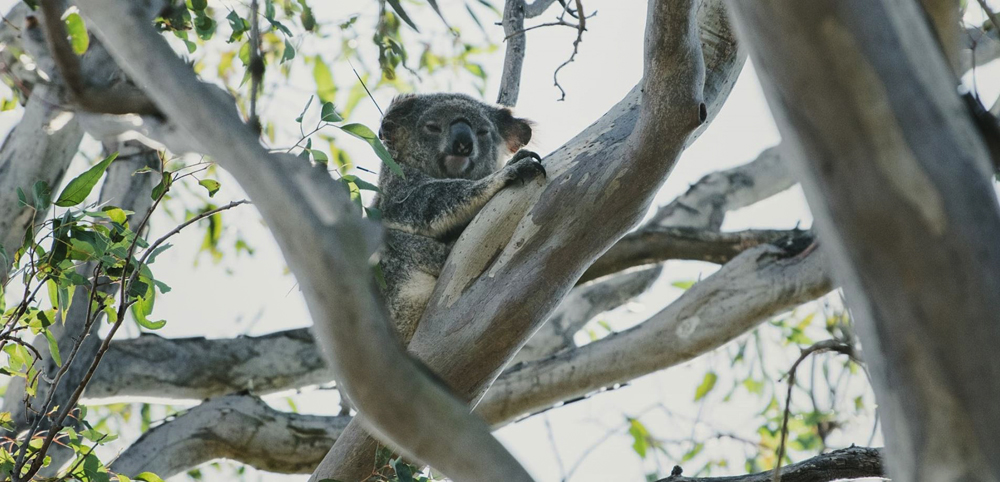
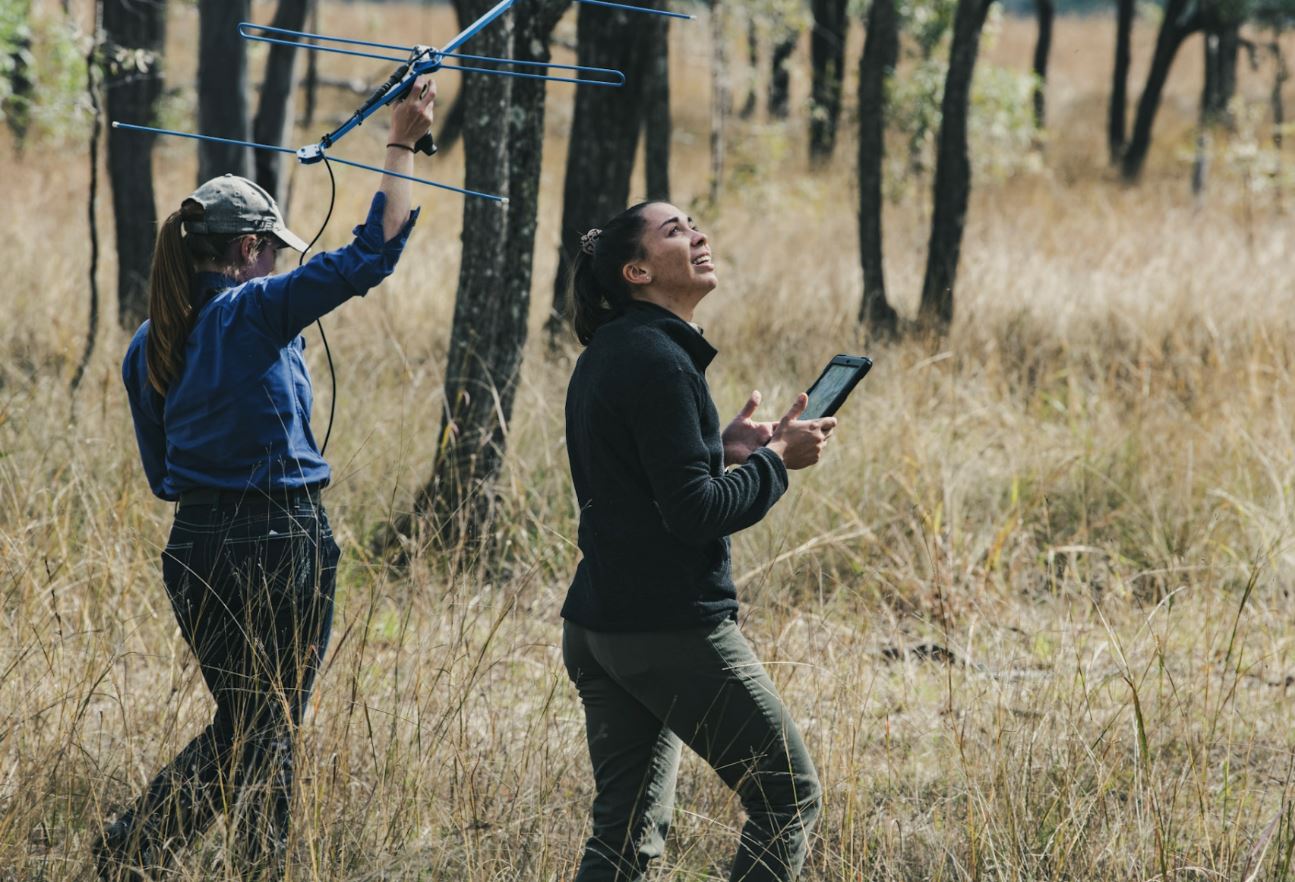
Researchers search for koalas and release them back to the same tree with a tracing collar on
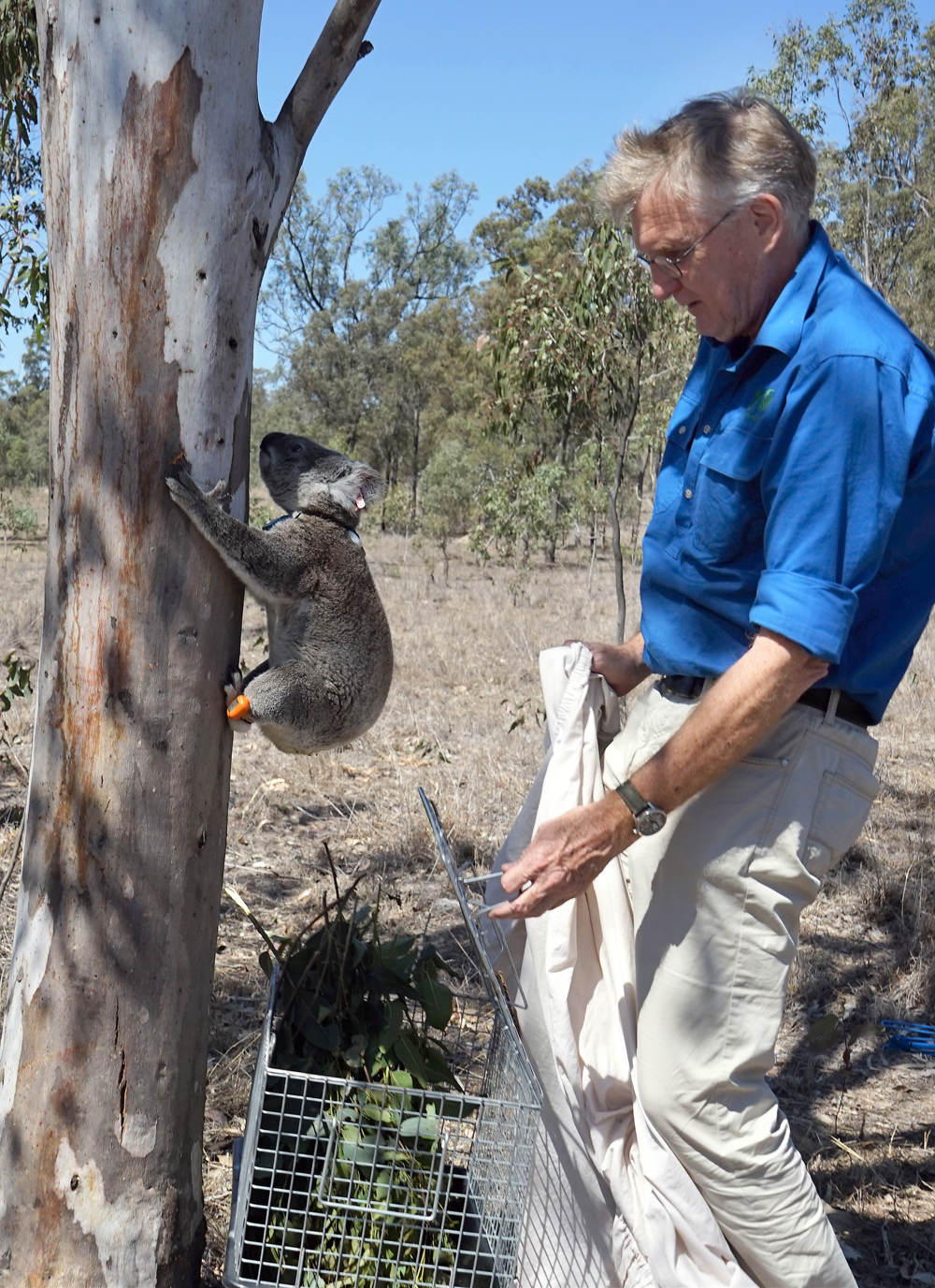

Ipswich EnviroForum 2020 goes online to talk about changing landscapes and impacts on us, wildlife and our resilience.
Dr Andrew Tribe and others from Hidden Vale Wildlife Centre will present at Ipswich EnviroForum 2020 on Thursday, 10 September at 1pm.
The Hidden Vale Koala project will be discussed along with a presentation on koalas and climate change and the use of microchip-automated technology to protect wildlife.
All Ipswich EnviroForum 2020 presentations will be available here after they are released.
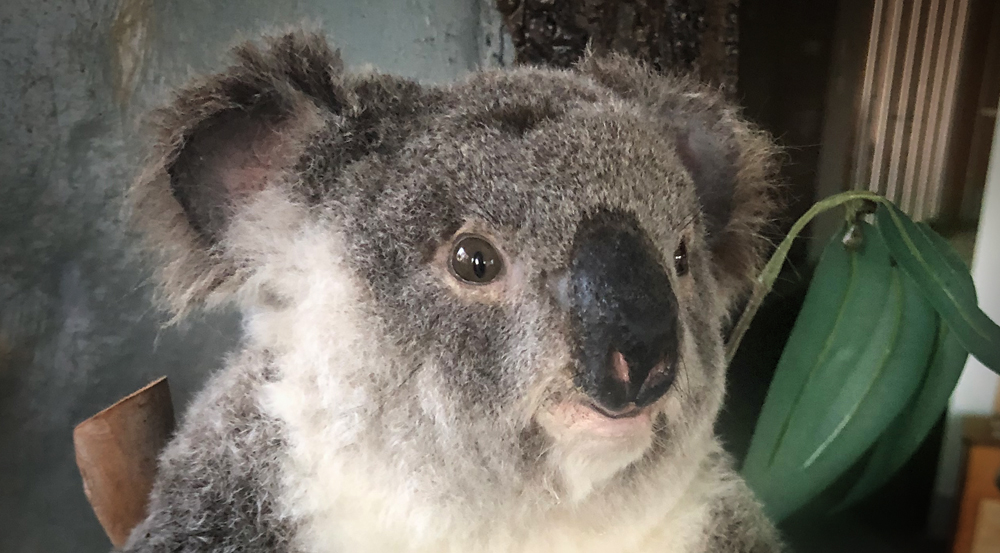
Report sick, injured or orphaned koalas:
For more information about koala conservation in Ipswich click here.
Spicers Hidden Vale is one of more than 160 businesses that make up the Ipswich Tourism Operators Network.

